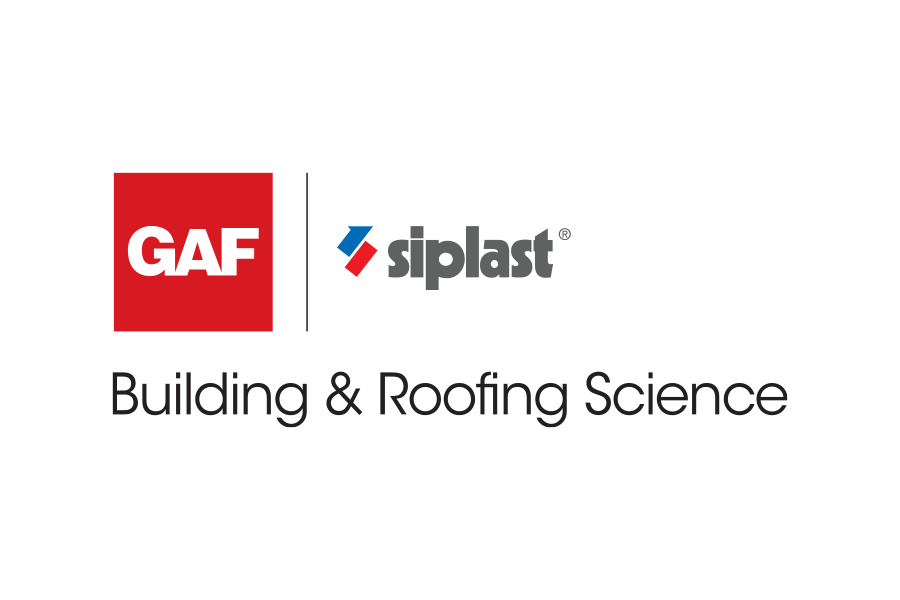
Start at the Top: Roofing 101
It’s just a roof - right? Roofing plays an extremely important role in protecting the building from the elements, but low-slope roofing typically doesn’t get as much attention during design as the other building components. With a wide variety of different roof system types and components used on different building classifications, low-slope roofing can often be especially confusing for designers. This presentation will discuss many of the basics associated with low-slope roof design such as building design parameters, typical roof system components and attachment methods, code requirements, and wind design.
Sponsored by GAF | Siplast
It’s just a roof - right? Roofing plays an extremely important role in protecting the building from the elements, but low-slope roofing typically doesn’t get as much attention during design as the other building components. With a wide variety of different roof system types and components used on different building classifications, low-slope roofing can often be especially confusing for designers. This presentation will discuss many of the basics associated with low-slope roof design such as building design parameters, typical roof system components and attachment methods, code requirements, and wind design.
The Building and Roofing Science team offers regional expert building enclosure collaboration through design, specification, and educational support for customers of GAF and Siplast, both Standard Industries companies. GAF is North America’s largest roofing manufacturer with more homes and businesses in the U.S. protected by a GAF roof than any other product. Siplast, a leader in building enclosure systems, offers a portfolio of advanced, high-performance SBS-modified bitumen, PMMA liquid-applied, PVC KEE, lightweight insulating concrete, wall air & water barrier systems, and amenity/vegetated systems.
LEARNING OBJECTIVES
Understand how design parameters, such as building and rooftop use, as well as climate and building location influence roof design decisions. Recognize the basic components of low-slope roofing including different insulations, coverboards, and membrane types. Differentiate between attachment methods of roofing systems including insulations and membrane attachment options. Discuss code requirements as they relate to the roof including how wind influences roof design.











